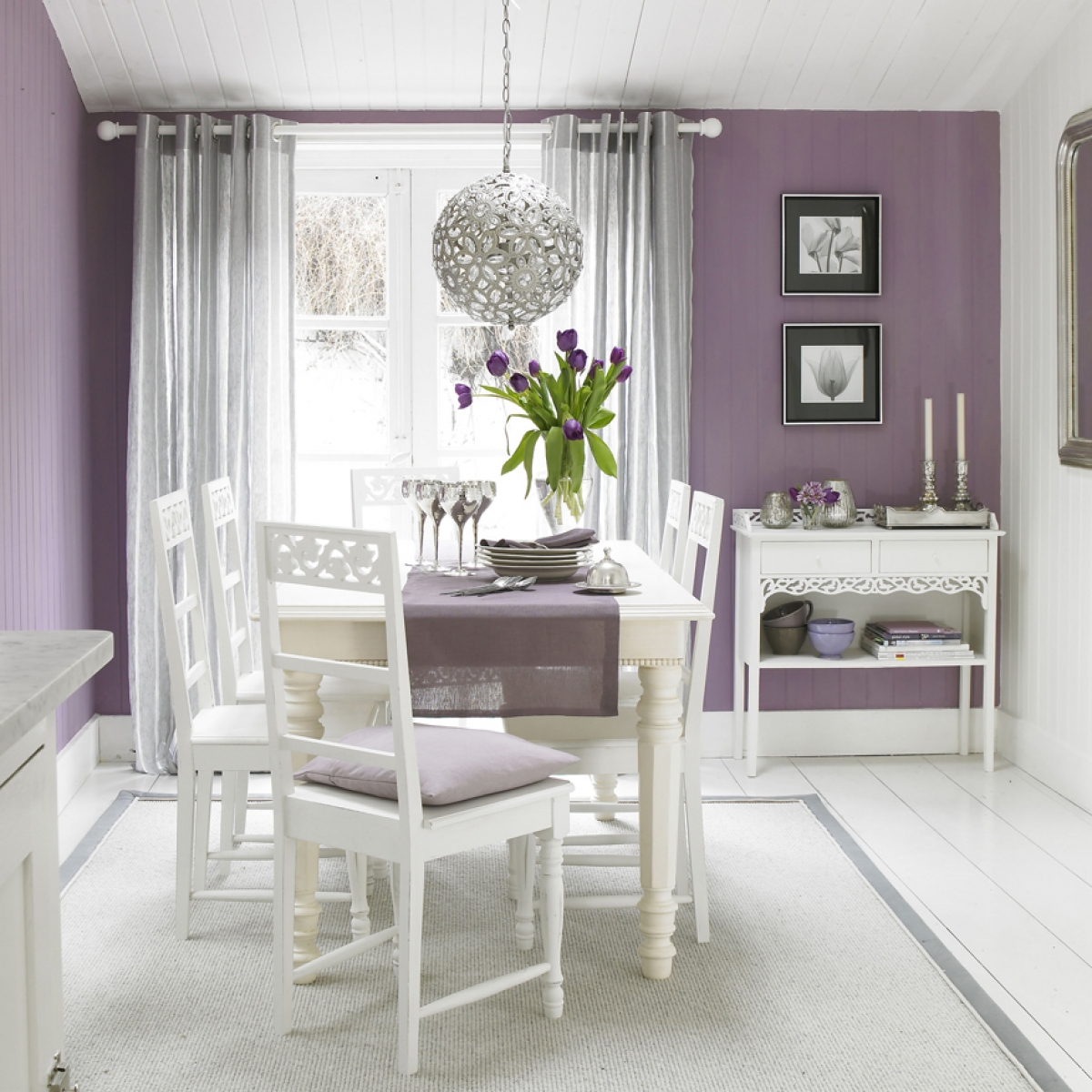How natural light effects your the colour choice for your scheme

One of the things you guys have GOT to think about when picking out a lush new paint colour is the light in your room, because if colour is light- then the light is going to make a massive difference to how we read the colour.
So what is colour anyway? Well if your going to get your physics lab coat on- its just light- refracted into different wavelengths that bounce off the old optic nerve in the eyeballs, which our clever brain ‘reads’ in different ways. This affects how we ‘see’ different colours. All colours, whether seen in nature or applied artificially with pigments through painting, dyeing, or printing, are created by light and the way light affects the eyes. There is loads to the theory involving Isaac Newton and rainbows and prisms, but I don’t know about you, but I always couldn’t WAIT to get out of Physics at school (favourite subject= art) so that’s what we’re going to do here- get straight onto the creative stuff.
One thing that’s often advisable to do when you move into a new house is to paint it all out white and live with it a little while before you get all committed with the paint chart. Because the other sneaky thing about light is it darn well changes throughout the day! So you’ve also got to give some thought to WHEN you use a room too.
So the aspect of geographic orientation of the room is a big player in the colour choices we make. Rooms that face south benefit from the maximum amount of lovely warm tinted sunlight while those that face north or east can be tinged with a darker blue light. So the same hue can look fresh and invigorating in a sunny south facing room, while appearing gloomy and dingy in a north facing one. Light levels can also vary from room to room. For example if you live in a terraced property, your south facing garden room with large French doors at the back will be flooded with warm sunlight, while the thoroughfares and hallways in the center of the house will be starved of any natural light while your dark north facing front room, swathed in voiles or shutters to hide the street view is feeling gloomy. When a rooms lacks natural light then artificial light is bought into play.
While tungsten bulbs emit a warmer more yellow light that interior designers love for its golden qualities- they are all but phased out now and efficient LED lights have replaced them. They produce a cleaner more white light that is closer to daylight, and so won’t affect the colours you choose as much as tungsten would have, but you’ve lost the homely glow. However if you want your rooms to feel cosy- especially in the evening you’re going to need to choose colours that deliver that warmth. A great tip however is to use gold or gold lined drum shades which will recreate that warm light glow.
Just because a room lacks natural light, I’d urge you to resist the voice in your head, telling you that you must paint it white, in order to maximise the feeling of light. Rooms starved of sunlight, painted white, look deathly! Cold, chilling and depressing. This is due in part beciase pure brillinat white actually has a far bit of blue in it. My approach is to embrace the darkness- and daub a really snug dark colour on the walls- saturated in colour. I’d then pop some mirrors on the wall- preferably opposite the window, so the help to reflect some light back into the room. I’d then add some punchy accent colours around the room, to lift the contrast, prevent it looking too ironed out. Where there is a lack of light, there is a lack of light and shade so it helps to use colour contrast to add the depth. And then add plenty of moody lighting- no overhead spots please, but wall sconces, lamps, back lit shelving, to again again depth with light.

Different colour schemes work for south or north facing rooms. These two home offices have a completely different colours and moods, affected by the natural light source. Image Styled by Sophie Robinson for Timberlux.
In your sunny South facing room, I think anything goes! Although again be wary of very stark colours, white may appear too bright and won’t be easy to relax in. Similarly black my contrast to harshly. Bright’s, mid tones and pastels however can all work a treat in a sunny room. If you get very bright sun, I think it’s a good idea to have some options on how to control the light. So have voiles and curtains on separate tracks, or a discreet roller blind is a great addition. Shutters or venetian blinds often work well in sunny rooms as you can control the glare. It’s a nice problem to have!

A combination of curtains and blinds allows you to diffuse the light in a sunny room. Source: Room styled by Sophie Robinson. Image from The Fabric Box
Whatever room you are decorating, rule number one is to invest in a tester pot of your chosen colour. Now I may have said it once or twice before, but I’ll say it again, DO NOT PAINT A TINY SQUARE ON THE WALLS! Instead empty the whole pot out and slather it on a large sheet of paper- an old roll of wallpaper or lining paper will do. Try and do a couple of coats and then walk it round the room. The colour will look completely different tucked inside the alcove to the wall surrounding the window. This way you can hang it up with some masking tape and study it- and you’re decorator will love you for it (not having to paint out all those pesky squares of paint)! Another trick is to paint inside a large white box- or fold a piece of card in half and paint all round. This is because again, paint colours can alter when they reflect onto one another- usually the effect is more intense.











 After
From beige to boom! My bathroo
After
From beige to boom! My bathroo




